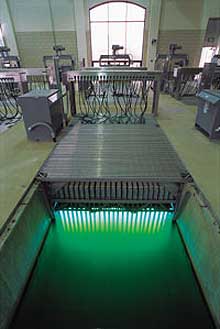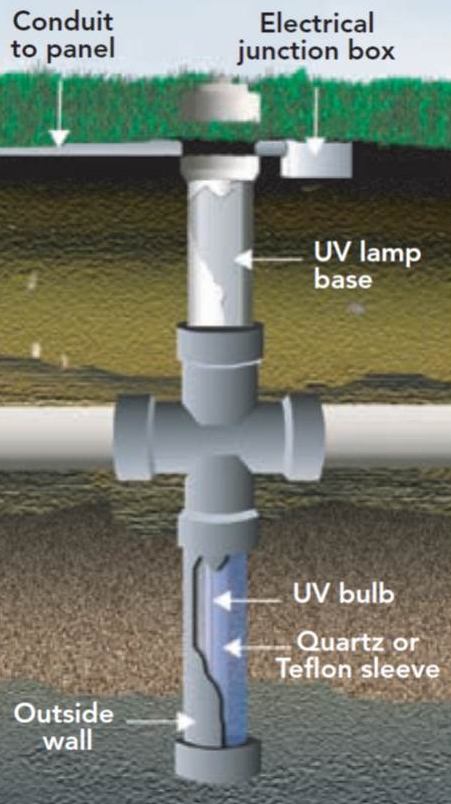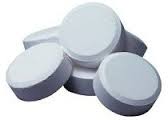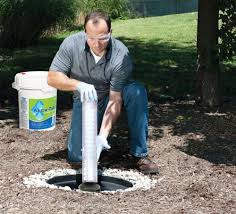Disinfection Overview
Discharging wastewater from an aeration tank or filter in many areas is not considered acceptable enough or may pose a public health risk due to the presence of high amounts of bacteria or viruses. These are living or reproducing entities which are able to cause disease in animals.
In order to combat the spread of diseases through the transmission of bacteria and viruses, the wastewater discharged from any system should be disinfected. Disinfection often occurs in two different ways for residential wastewater treatment:
Disinfection is part of the entire wastewater treatment package. Disinfection of wastewater really can only occur when the wastewater has mostly been treated. This means the water has been significantly filtered and most of the large solid waste has been removed. Therefore, the effectiveness of any disinfection process depends largely on the different characteristics of the wasetwater, the intensity of the disinfection, and the amount of time the water is exposed to the disinfection process.
Ultraviolet Light
The most effective wavelength of light to inactivate bacteria or viruses is the range of 250-270 nanometers. This is a form of energy radiation which damages the bacteria or virus DNA, or the information of how to copy the organism. The great thing about UV disinfection of residential wastewater is that there is no residual pollutants as is the case of chemical disinfection methods.
Large-scale wastewater UV disinfection

Residential-scale wastewater UV disinfection

Maintenance
UV lights maintenance is required usually every six months and involves removing the bulb from the housing pipe and wiping the outer sleeve to ensure the UV light is unhindered to the wastewater.
Chemical Disinfection
The first form of disinfection of wastewater was through the use of chemicals. The most commonly used chemical for wastewater disinfection is chlorine in the form of liquid or tablets.
Chlorine Tablets

Chlorine Disinfection Maintenance

Maintenance
Chlorine disinfection can be a high maintenance and poor performance method for disinfection. Often tablet feeders are can become jammed or tablets may dissolve to quickly in peak flow and result in poor contact time leading to ineffective treatment